Podam (포담)
234.7M 2021-03-22
11, Jahamun-ro, 9-gil, Jongno-gu, Seoul
+82-2-733-0831
A store featured in Korean gourmet programs. This Chinese (cuisine) restaurant is located in Jongno-gu, Seoul. The most famous menu is dim sum.
Of one book and stay / 일독일박
271.9M 2025-08-11
11-1, Pirundae-ro 3-gil, Jongno-gu, Seoul
This hanok (traditional Korean house) is located in Seochon Village near Gyeongbokgung Palace. It is a modern C-shaped hanok centered around the inner courtyard, which is the first thing that the guests see after entering through the gate. While it is not expansive, white pebbles and a foot bath make this hanok a unique one. One can enjoy a foot bath while sitting on the porch.
The bedroom, which is located beyond the living room, is furnished with a queen-sized bed. Opening the screen doors brings one to the view of the kitchen area beyond the inner courtyard. A large table, plush sofa, and a small bookcase make the space ideal for books and discussions. Climbing the wooden ladder to the side of the kitchen brings one to the attic, which also doubles as a Korean-style room with a skylight. The kitchen is furnished with a refrigerator, microwave oven, gas stove, electric kettle, toaster, pots, utensils, wine glasses, and bottled water. There is a restroom with a bathtub. The standard occupancy of the house is 4 people.
Jalppajin Memil - Seochon Branch (잘빠진메밀 서촌)
280.8M 2021-03-18
41-1, Jahamun-ro, Jongno-gu, Seoul, Korea
+82-70-4142-1214
This is a Korean cuisine located in Jongno-gu, Seoul. A restaurant that uses noodles made with 100% buckwheat directly by the chef. The best menu at this restaurant is dumpling hot pot.
Boan1942 (보안1942)
299.5M 2023-12-21
Hyoja-ro 33, Jongno-gu, Seúl
Antes de convertirse en un espacio de arte en 2007, Tongui-dong Boan sirvió como lugar de descanso para los viajeros desde 1942 hasta 2005. Después de una breve pausa, el lugar se renovó como espacio cultural en 2017 para continuar con su legado histórico y brindar creatividad e inspiración bajo el concepto de "Boanstay".
Boan1942 se divide en un espacio cultural (que consta de una cafetería, un taller de proyectos, una librería y un área de exposiciones), y Boanstay (en los pisos 3 y 4, ofreciendo alojamiento temporal a los nómadas culturales). Ubicado en Seochon, el centro de la cultura, la historia y el tráfico de Seúl, Boanstay ofrece una espléndida vista de los patrimonios históricos y culturales de Seúl, como el palacio Gyeongbokgung, Cheong Wa Dae y la Aldea Tradicional Seochon.
* Cortesía de Boanstay.
GOGHI (고희)
328.8M 2021-03-26
17, Jahamun-ro 12-gil, Jongno-gu, Seoul
+82-2-734-4907
A good café to have a meal as it has a brunch menu as well as drinks. This cafe is located in Jongno-gu, Seoul. The representative menu is americano.
Museo Nacional de los Palacios de Corea (국립고궁박물관)
335.0M 2023-02-20
Hyoja-ro 12, Jongno-gu, Seúl.
Inaugurado en 1992 bajo el nombre de Museo Real, el actual Museo Nacional de los Palacios de Corea expone reliquias de la dinastía Joseon (1392-1910). Aquí se presentan cerca de 20.000 reliquias reales de los palacios Gyeongbokgung, Changdeokgung y Changgyeonggung así como las del santuario Jongmyo.
1. Símbolos y documentos reales - La dinastía Joseon defendía las ideas confucionistas, el rey estaba considerado como el soberano absoluto y la pareja real representaba, junto con la reina, los padres de todo el pueblo. Para realzar su autoridad, la dinastía hizo fabricar diversos símbolos reales.
2. Ritos ancestrales - Un rito ancestral se llevaba a cabo en el santuario que alberga las lápidas de los reyes y reinas de la dinastía Joseon. Este rito no era solo una ceremonia de culto de la familia real, sino también una fiesta de música y danza celebrada para desear la salvación y la prosperidad eterna del país.
3. Arquitectura del palacio – El palacio era una residencia para el rey y su familia y el centro de política y administración, donde el rey gobernaba el país. El centro del palacio de la dinastía Joseon, según los planos de arquitectura tradicional, comprendía Jeongjeon, el vestíbulo principal como centro de los acontecimientos del Estado y de conversaciones políticas y Pyeonjeon, la oficina del gobierno.
4. Ciencias de Joseon – Durante su primer periodo, la dinastía Joseon intentaba establecer la legitimidad de su fundación y enriquecer el país. Con el fin de cumplir estos ideales, la dinastía promovía como nunca antes dominios tales como la ciencia, la medicina y desarrollaba diversas armas para la defensa nacional.
5. Vida de la familia real – El rey y la reina eran las figuras simbólicas de la dinastía Joseon, pero eran también como el pueblo normal en su vida privada de palacio. El palacio estaba dividido en diferentes secciones: oficina del rey, residencia para la reina, despacho del príncipe heredero. Cada espacio contenía muebles apropiados, que estaban fabricados con materiales de alta calidad según estrictos criterios para la familia real.
Parque Sajik de Seúl (사직공원(서울))
361.2M 2025-08-08
Sajik-ro 89, Jongno-gu, Seúl
El parque Sajik es uno de los tres parques más famosos en Jongno-gu, junto con los parques Tapgol y Samcheong. Situado al oeste de Cheong Wa Dae, cerca del monte Inwangsan, el parque tiene unas impresionantes dimensiones de 188.710 m². El nombre del parque fue elegido en 1395, cuando Taejo Lee Sung-gye hizo su primer Sajikdan (altar a los dioses del Estado) junto con el santuario Jongmyo, en el centro del parque. "Sa" se refiere a la deidad de la Tierra, mientras que "jik" hace referencia a la deidad de los cinco granos. Varios rituales por buenas cosechas tuvieron lugar regularmente en el Sajikdan; sin embargo, el área no fue reconocida como un parque hasta 1922, durante el período de la ocupación japonesa. En el parque se encuentran muchos parques infantlies, estatuas de Shin Saimdang, Hwanghakjeong y Yi I (nombrado a menudo por su nombre de escritor, Yulgok), y la Biblioteca Municipal Infantil. El santuario Dangun y la Biblioteca de Jongno se encuentran por la zona. Siguiendo el camino cercano al parque Sajik durante 5 minutos, los visitantes pueden llegar a la ruta para excursionistas del monte Inwangsan con relativa facilidad.
Irilju (일일주(日日酒))
392.3M 2021-03-30
4, Sajik-ro 8-gil, Jongno-gu, Seoul
+82-2-738-1717
It is a delicious restaurant in Gwanghwamun with a good atmosphere. This Japanese (cuisine) restaurant is located in Jongno-gu, Seoul. The representative menu is salmon sashimi.
Nuwa [Korea Quality] / 누와 [한국관광 품질인증/Korea Quality]
398.3M 2021-03-29
3-1, Pirundae-ro 5na-gil, Jongno-gu, Seoul
This hanok (traditional Korean house) is located deep in the Seochon Village, west of Seoul’s Gyeongbokgung Palace. Its tasteful renovation of a small 33 m2 hanok made it highly popular among the younger guests. The courtyard has a low maple tree and tastefully arranged stones, while the hanok is capable of accommodating up to 2 persons.
This L-shaped hanok has a full window wall facing the living room, which is furnished with a low walnut table and a bathtub. Visitors can enjoy premium tea at the table. The bathtub, which is connected to the table at one end, can be used mainly for a foot bath with bath salts that assist circulation. There is also a restroom in the building.
Nuwa’s bedroom has a circular window, much like the full moon, with a view of the garden and the fringes of the Inwangsan Mountain.
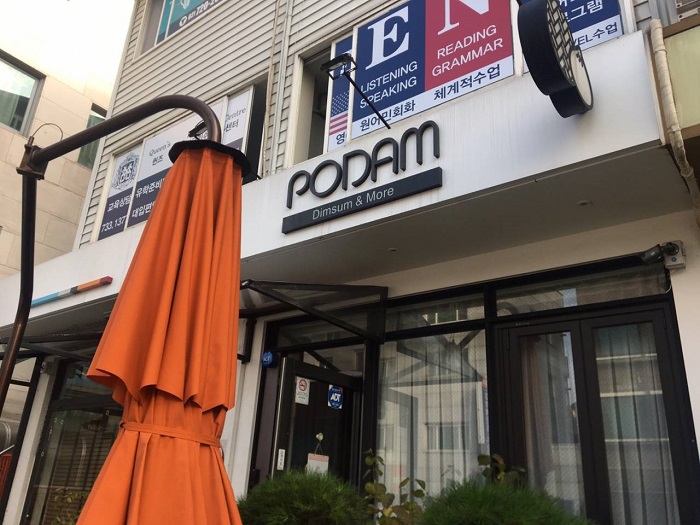
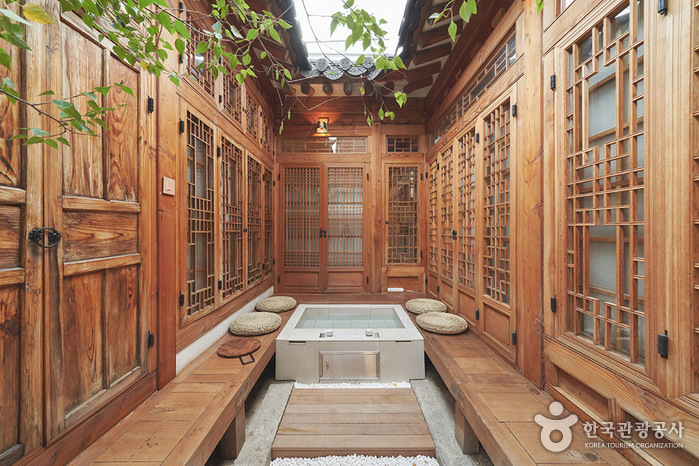
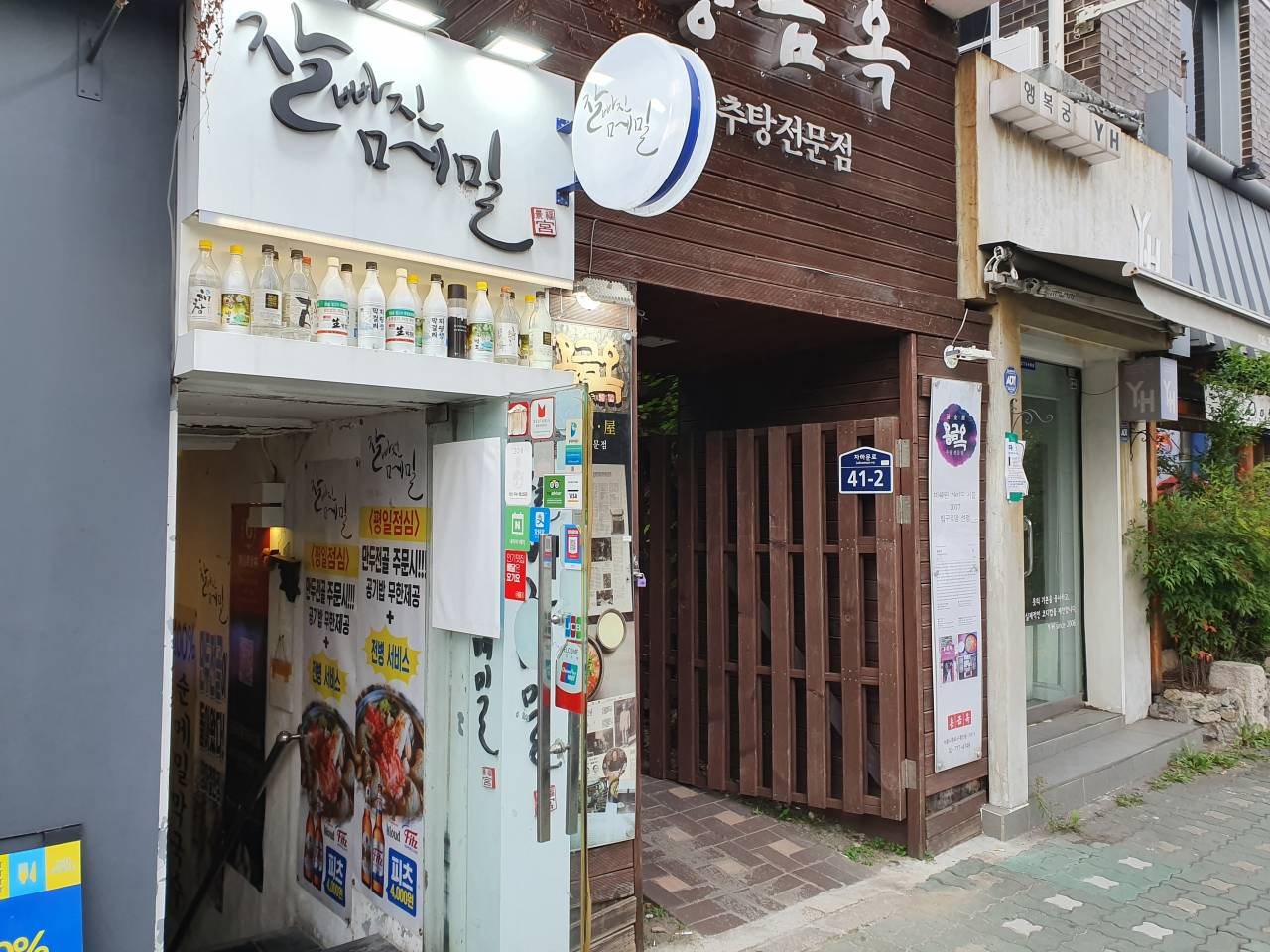

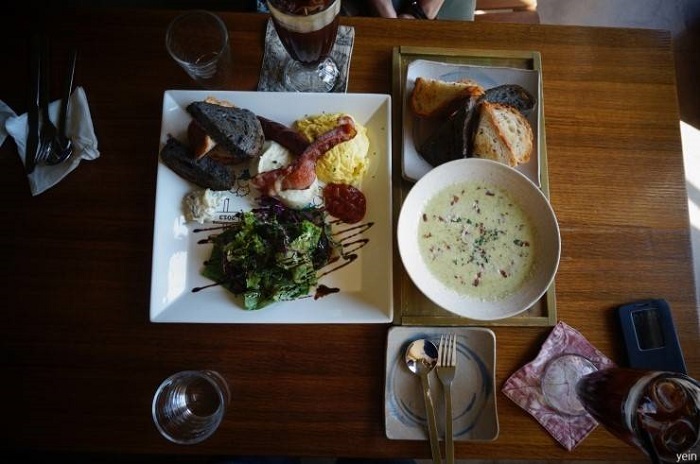
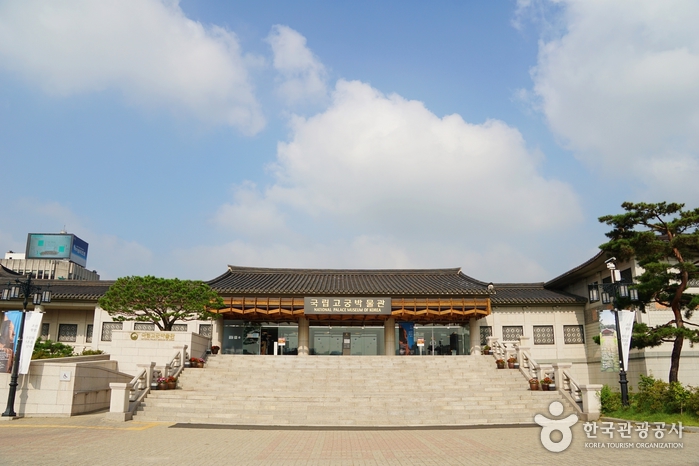
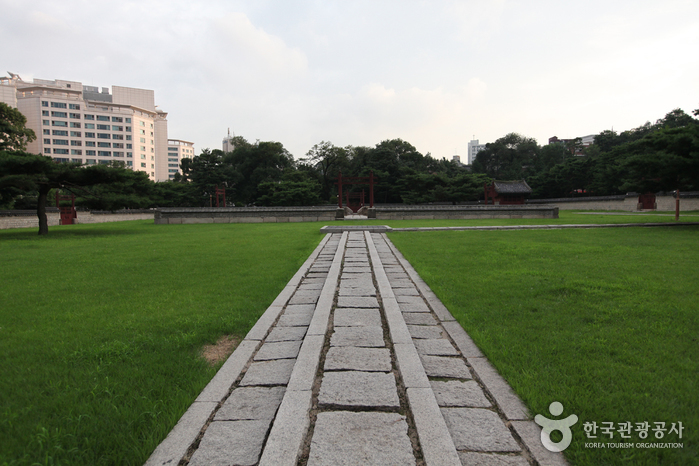
![Nuwa [Korea Quality] / 누와 [한국관광 품질인증/Korea Quality]](http://tong.visitkorea.or.kr/cms/resource/07/2707607_image2_1.jpg)
 Español
Español
 한국어
한국어 English
English 日本語
日本語 中文(简体)
中文(简体) Deutsch
Deutsch Français
Français Русский
Русский